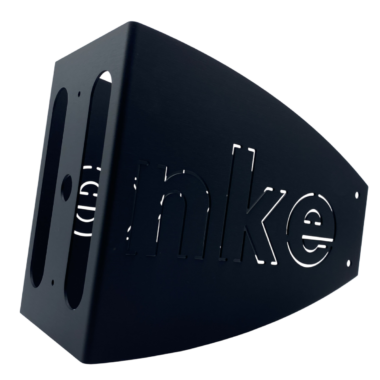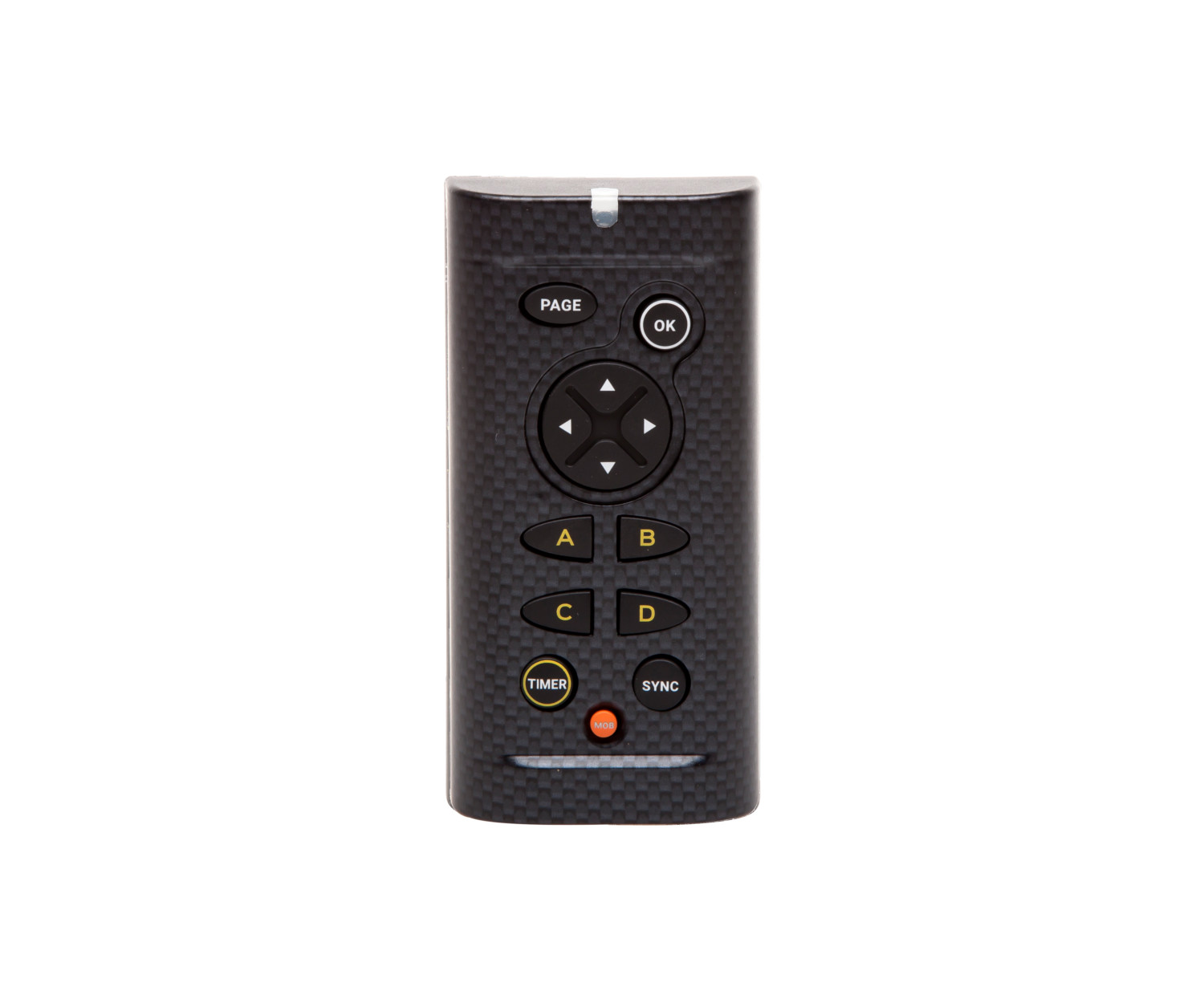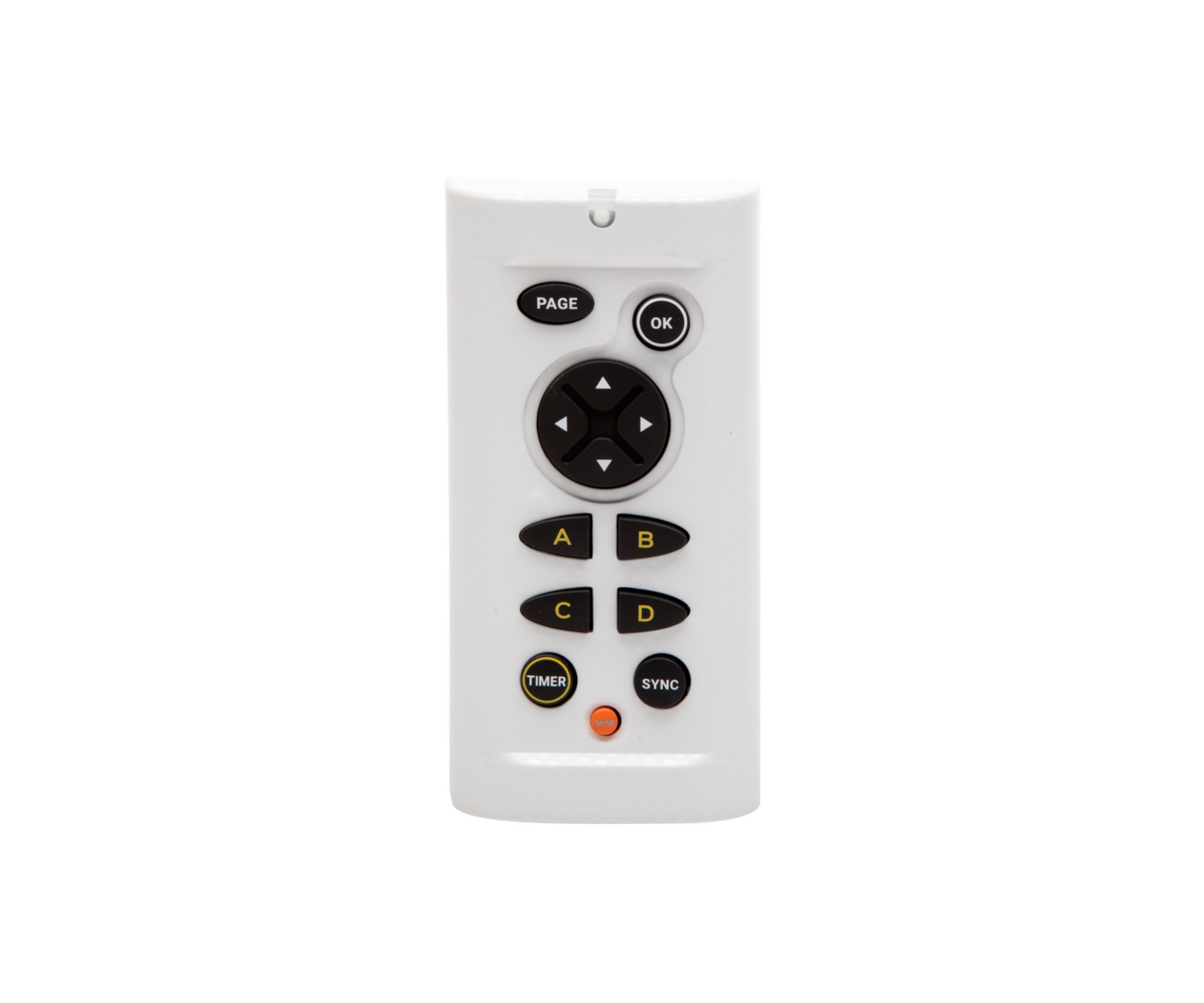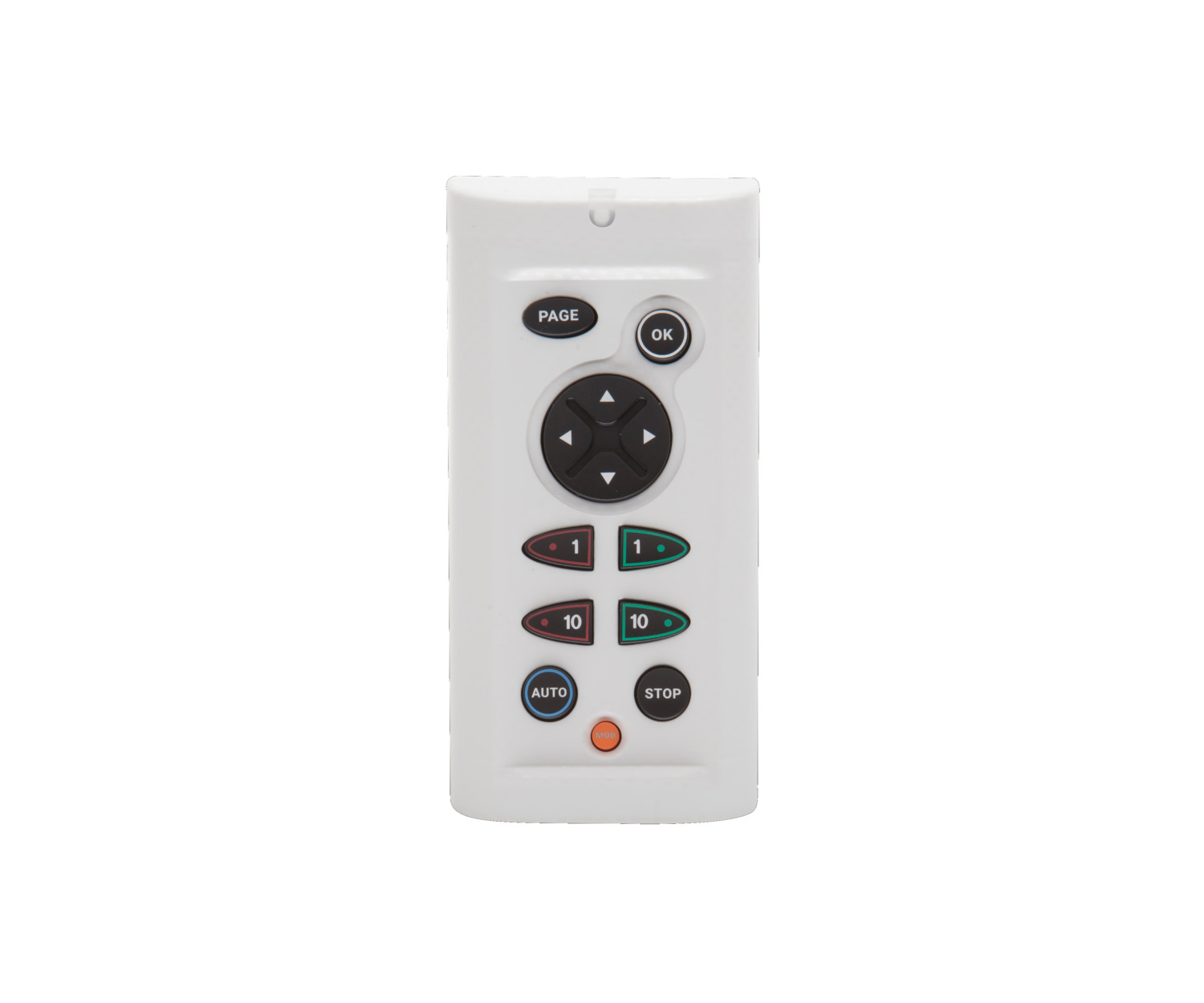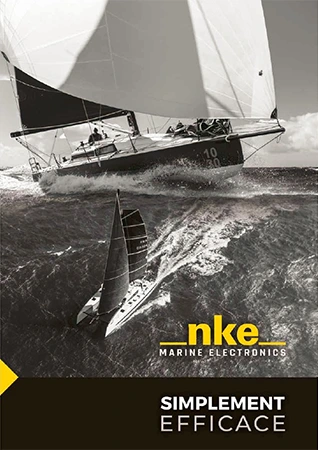PAD Display / PAD Pilot
DESCRIPTION
Natural complements of Multidisplay there are 2 versions of PAD:
The PAD Pilot: with its “PAGE”, “OK” and arrow keys you can change the display, enter the menus, perform sensor calibrations and driver settings. The following 6 keys are dedicated to the autopilot. The MOB key common to all our commands can trigger an alarm in case of man overboard.
The PAD Display: novelty in our world the keys dedicated to the autopilot were replaced by keys of shortcuts and direct access to the chronometer.
CHARACTERISTICS
- Power supply: 8V – 32V DC
- Power consumption: <30 mA @ 12V
- Sealing: IPX7
- Cable: Ø5,5mm, 2 conductors + ground wire, length 6m
- Operating temperature: -10 ° C / 50 ° C
- Storage temperature -20 ° C / 60 ° C
- Weight: 350 g with 6 m cable and protective cover
Dimensions
- With protective cover: 122 x 62 x 27 mm
- Without protective cover: 115 x 58 x 23 mm
Fastening elements
- Nut 4 lobes M14 (Ref: 30-95-032)
- Fixamo M14 (Ref: 30-95-031)
FUNCTIONS
PAD Pilot
The upper part of the PAD Pilot displays the “Page”, “OK” and “Browser” buttons to scroll through the pages and navigate through all the menus of a display. No limitation to make adjustments, calibrations or the creation of data pages.
The lower part has dedicated pilot buttons: “Auto”, “Stop”, “+ 1 ° / -1 °”, “+ 10 ° / -10 °”.
PAD Display
The upper part of the keyboard is common to both PADs with the same capabilities. The difference here is in the lower part with dedicated stopwatch keys and shortcut keys A, B, C and D. You set each display independently for a response to a shortcut key. You can imagine display contexts such as: port maneuver, regatta start phase, close edge, bearing, etc … In a single key you modify the page of all the displays of the edge to access the data that you are interested in this context.
Note: The PAD Display is not necessary to control the Multidisplay, the PAD Pilot can be enough, but it offers interesting possibilities with its shortcut keys.
USER GUIDE
Related Products
